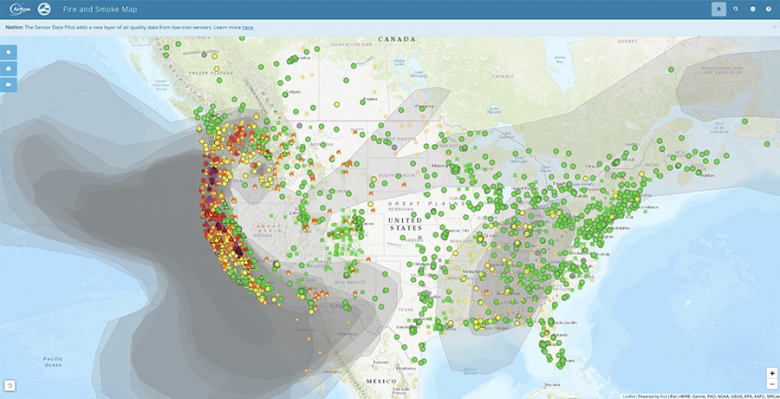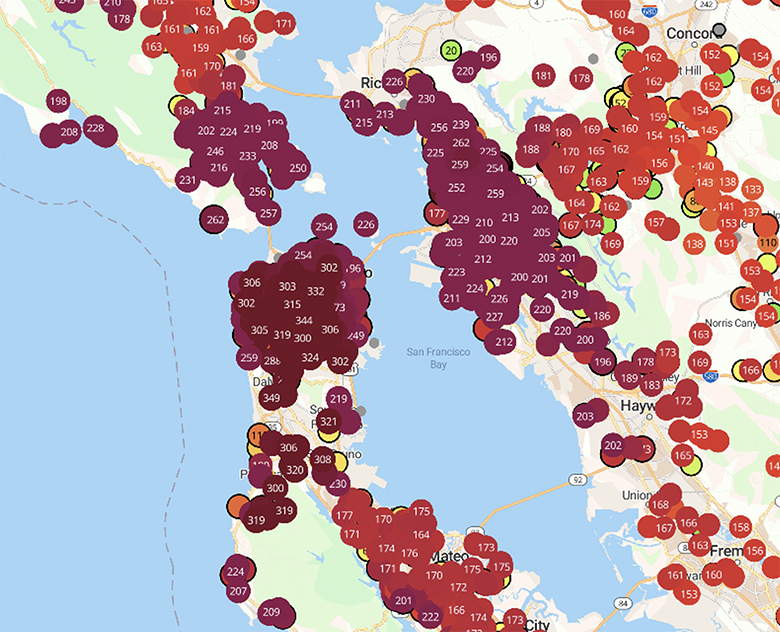You may not know it, but CNT has a small San Francisco outpost. As I sat on conference calls discussing how to make housing more resilient to climate change and the greenhouse gas benefits of transit in communities last week it all felt extra urgent, because the sky outside my window looked like this:
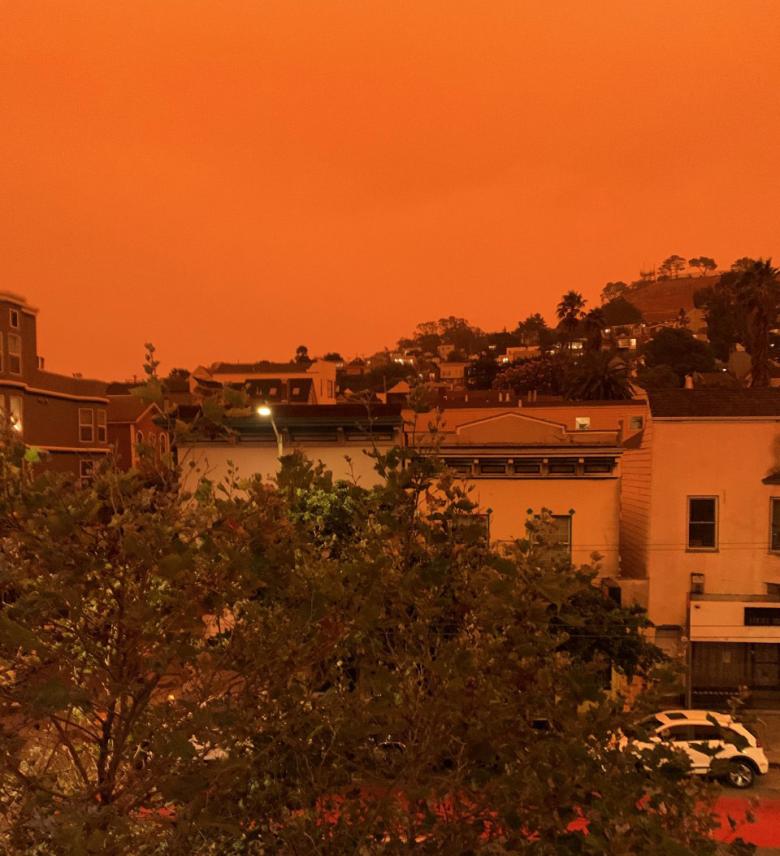
Wildfire smoke from up and down the west coast has been affecting San Francisco for weeks, but when it combined with our fog to blot out the sun and cast an eerie orange glow so dark that 11am felt like night, the world suddenly looked as extreme as it has been feeling.
I’ve been working on climate change for more than 20 years at CNT: The Chicago Climate Action Plan, the Presidential Climate Action Plan, national and international greenhouse gas accounting protocols, studies of the climate benefits of transit and high speed rail, local action plans for cities around the country. We have known this danger is coming, and now it is here. We have no choice but to respond.
We can keep things from getting a lot worse if we commit to enacting the plans we have made and accelerating their adoption with smart investments, investments that will create jobs and save households money. Cities are stepping up with stronger, science-based goals, visions for climate neutrality and plans that prioritize equity and health. We must support them with the resources they need to make those changes happen.
On top of all of the smoke in San Francisco (not to mention the pandemic), has been the heat. A thermometer in my neighborhood read 104 degrees one recent afternoon. My building has no air conditioning; most here don’t. San Francisco hasn’t historically needed it. So, I track the local air quality sensors closely and open the windows when the air is clear—usually a couple hours each day. At times I have worn a respirator inside my apartment. Yet, in so many ways I am lucky. There is no wildfire approaching my neighborhood. I haven’t had to leave my home, not knowing if it will be there when I’m allowed to return.
And, of course, what feels like an air quality emergency for me is the day-to-day reality for many communities, from farm workers in California’s central valley who work outside in a region with poor air quality all year, to households near industrial sites, freeways and busy streets that contribute to asthma and other health impacts. Our climate solutions must meet the needs of these frontline communities.
I’ve never seen anything like the past week, but perhaps these strange times can create a unique window for action. When nothing is normal, major change seems more possible than ever.


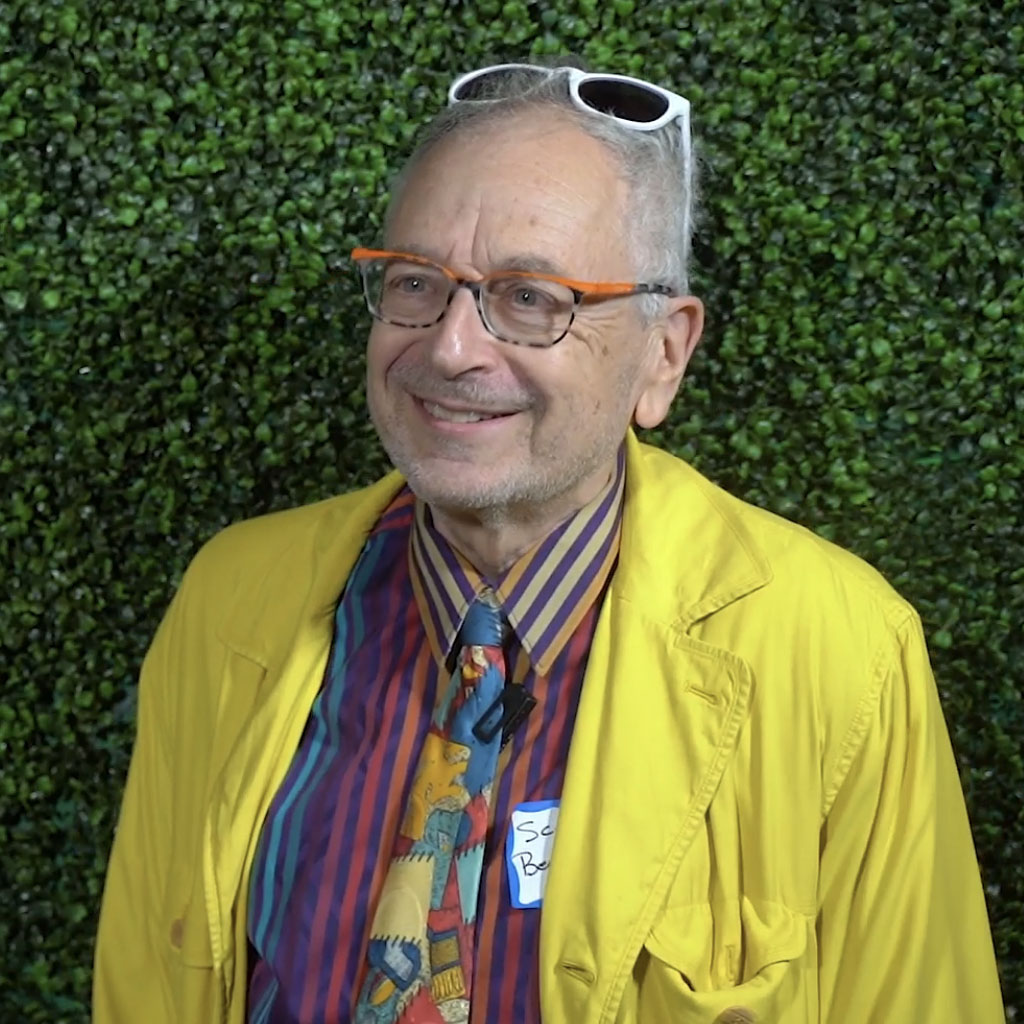
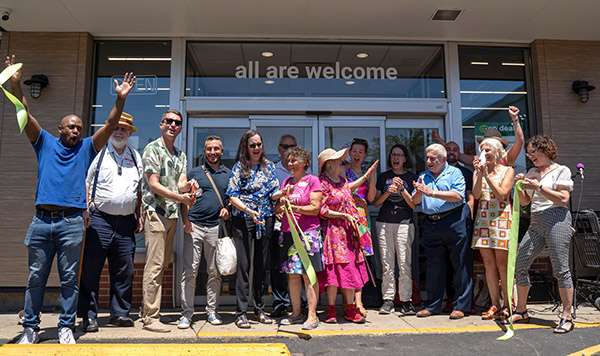

 Strengthening Transit Through Community Partnerships
Strengthening Transit Through Community Partnerships
